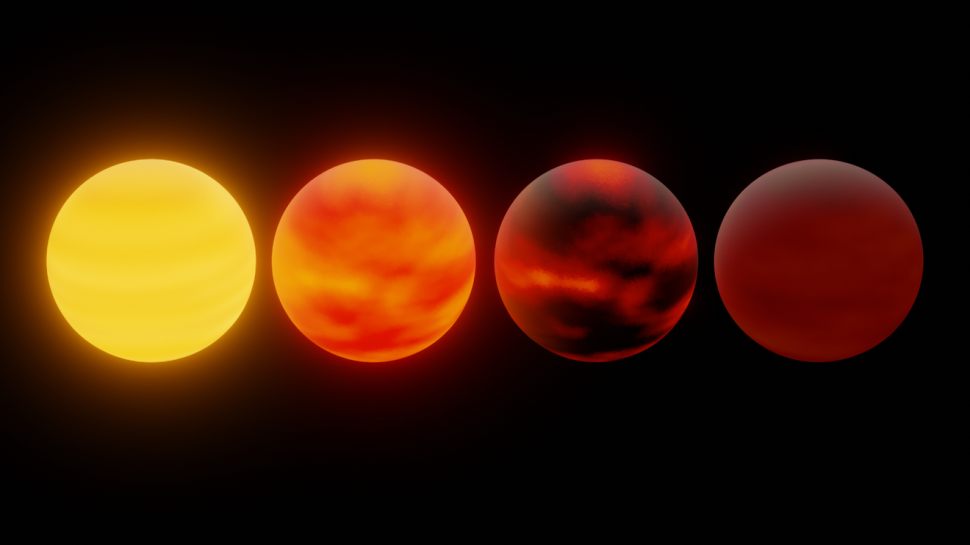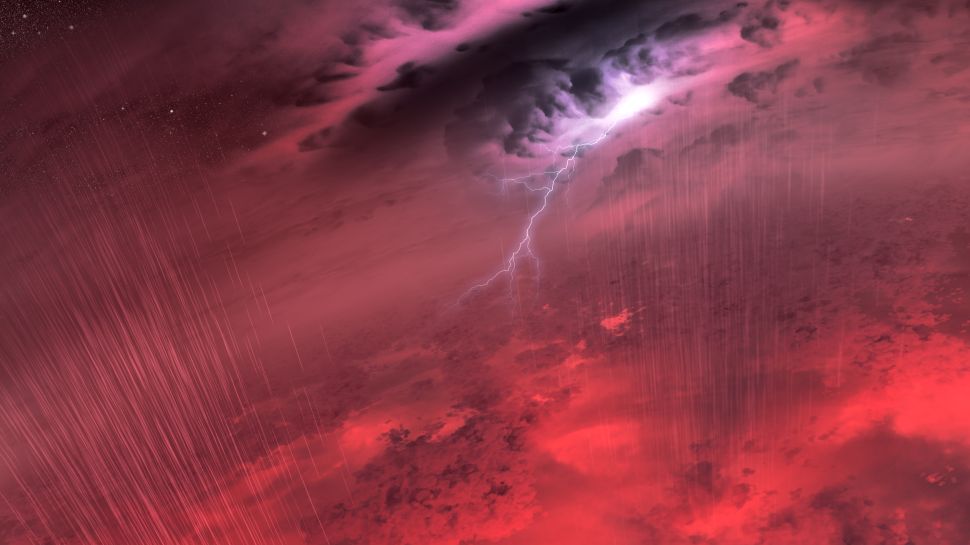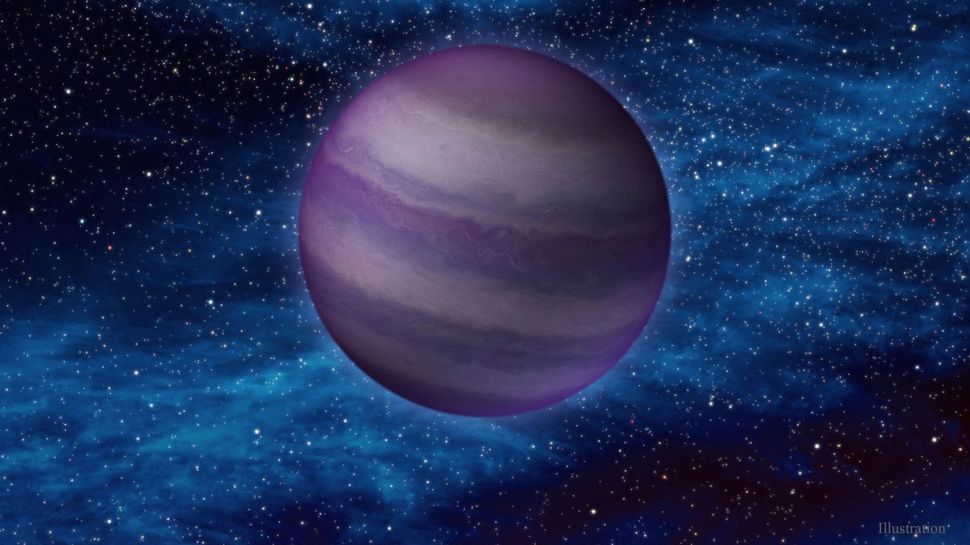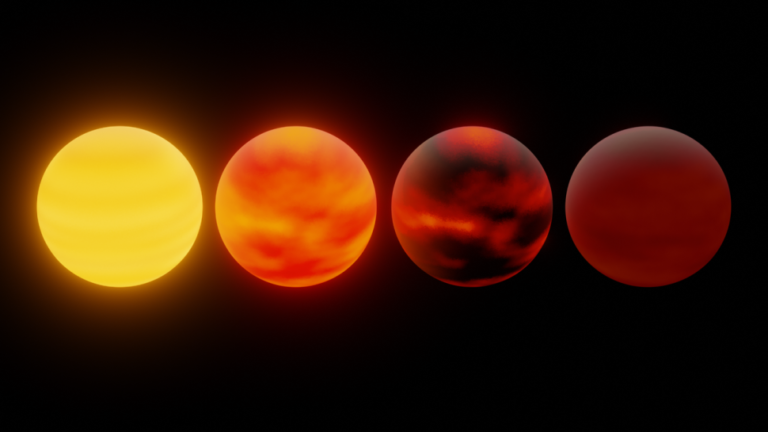On bizarre brown dwarf worlds, astronomers spot hot, sandy clouds
NASA’s Spitzer Space Telescope spotted a sandstorm special.
Sandy or (silicate-rich) clouds were confirmed in bizarre, gassy objects known as brown dwarfs, which are between the size of a planet and a star. Since these oddball objects have no solid surface, how the sand grains got so high in their planets’ atmospheres was a mystery to scientists, despite suspicions of observed silicates for at least the past decade(opens in new tab).

New modeling based on archival data from the retired Spitzer Space Telescope mission, however, suggests that conditions required for high-altitude sandy clouds can arise in a certain temperature and chemistry range. The implications will be useful for scientists trying to make sense of the range of exoplanet atmospheres present in our universe, officials at NASA’s Jet Propulsion Laboratory (JPL) in California noted in a statement(opens in new tab) on July 7.
Spitzer, which JPL managed, collected data suggesting the presence of silicate clouds in a few brown dwarfs during the first six years of its mission, between 2003 and 2009, while its infrared vision benefited cryogenically cooled instruments. Ultra-cool conditions are required to seek out infrared light in many wavelengths, so Spitzer’s prime mission concluded in 2009 after the telescope ran out of the liquid helium coolant necessary for two of its three instruments. The observatory shut down permanently in 2020.
(Happily, NASA’s newly launched James Webb Space Telescope in deep space is also an infrared observer and will be able to pick up the research, scientists said.)

Scientists deemed Spitzer’s initial data collection “too weak to stand on its own,” requiring further observations. In the current work, researchers collected 100 marginal detections of silicates in Spitzer’s archives and grouped them by brown dwarf temperature.
The suspected silica clouds, though hard to see or confirm, were right in the temperature range where silica can condense in an atmosphere: between about 1,900 degrees Fahrenheit (about 1,000 degrees Celsius) and 3,100 F (1,700 C).

Silica condensation is a matter of chemistry. Rock can vaporize, cool and condense into clouds just like water, although at higher temperatures. Silicate clouds should therefore only be visible on hotter worlds, including brown dwarfs and some high-temperature planets outside the solar system.
The new data gives further strength to the old Spitzer work, lead author Genaro Suárez, a postdoctoral researcher at Western University, said in the JPL statement(opens in new tab). “We were very surprised at how strong the conclusion was once we had the right data to analyze,” Suárez said.
Silicate clouds might even be present far down in Jupiter’s atmosphere, due to higher temperatures (themselves due to greater atmospheric pressure) in that zone relative to the regions closer to the cloud tops. There, however, silicate clouds cannot rise high up within easy view because of the lower planetary temperature; the silicates solidify in these conditions and remain at lower altitudes.
A peer-reviewed study(opens in new tab) based on the research was published in May in the Monthly Notices of the Royal Astronomical Society.
Source: Space.Com
Do not forget to share your opinion with us to provide you with the best posts !




0 Comments